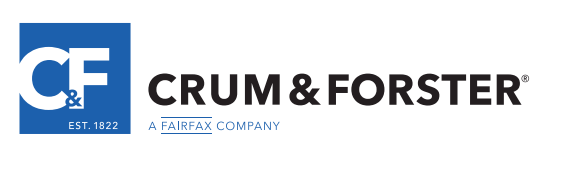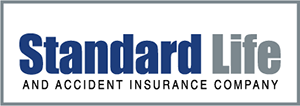What is Gap Health Insurance?
Gap Health Insurance is a group supplemental health plan that works along with a high-deductible major medical plan. The IRS definition of a High Deductible Health Plan (HDHP) sets a base dollar amount for the deductible, which typically goes up each year as plan costs increase. As the name implies, gap insurance helps pay for medical costs that occur before reaching the deductible, which has led to people calling it “insurance on insurance."
By raising the deductible on the major medical plan, you will see the biggest impact. Gap Plans have been growing in popularity as a solution to reduce overall out-of-pocket costs and supply better access to healthcare. With the changes brought on by the Affordable Care Act, insurance premiums and health coverage deductibles are on the rise. It is important to note that gap health insurance is not major medical nor ACA compliant. It is a supplemental policy.
What does Gap Health Insurance Cover?
A medical gap insurance plan is simple in that it follows an employer’s major medical plan. It pays off the underlying major medical plan’s Explanation of Benefits (EOB) directly to the subscriber or provider. A gap plan pays the benefits described in the Schedule of Benefits up to a maximum benefit amount. These plans may have a supplemental deductible or coinsurance (out of pocket) which the subscriber must meet prior to plan reimbursement.
A medical gap plan pays the amount applied to the insured’s major medical deductible and coinsurance. It covers the same expenses as the major medical plan except for charges for professional fees in a doctor’s office or medical clinic, outpatient prescription drugs, vision, dental, and plan copayments.
Is Gap Health Insurance worth it?
For employees, this will depend on their situation. Employees with extensive or on-going medical issues and high out-of-pocket costs will find the merit in a low-cost gap plan. On the other hand, healthy employees with no planned medical expenses in the future may not see the value in gap insurance. While employees will have to pay a monthly premium for the gap insurance plan, they still reduce their overall maximum out-of-pocket costs. This is important since, as the cost of healthcare continues to rise, employees’ salaries may not be enough to cover the cost of their monthly health premium and their health insurance deductible.
For employers, particularly those looking to keep or improve the benefits they offer, a gap plan can save them 10-20% on their group medical premium. With a gap plan, a business can offer gap health insurance that keeps out-of-pocket expenses for employees down while spending less than they would if they had a higher priced plan with lower deductible. If your major medical deductible is $1,000 and your gap plan deductible is $500, then the employee will only have to pay $500 in out-of-pocket costs.



-square.jpg)


